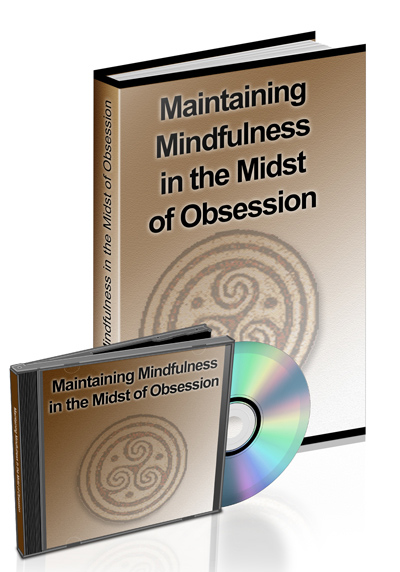By Jennifer Young, LMHC, Director of Survivor Services
“With the new day comes new strength and new thoughts.” ~Eleanor Roosevelt
You own one thing: your mind. That’s it. There are things that you possess, like your books, your shoes, or your jewelry. But the only thing that you own is what goes on between your ears. No one can take it from you, no one can buy it from you, and no one can rent space in it. Now, I know what you are saying: “I’ve been in a relationship with a psychopath—he rented, bought and sold my mind for a nickel.” I get it, and I do agree that if anyone can make you feel that your mind has been rented, bought or sold, it is a psychopath. I might even concede that that he rented your mind. But what neuroscience has taught us is that the brain is resilient and that allows us to constantly get our mind back—even when it feels bought or sold.
When a psychopath takes control, he gets your thoughts. That’s the prize for him. If he can control your thoughts, it’s done. Your thoughts drive your emotions and your behaviors. Your thoughts are his key to getting you to feel crazy, sad, confused, frustrated, angry, elated, or excited. When you feel these feelings, you act in a corresponding way. All of these feelings and behaviorsdocument his control. They are his proof that your thoughts are turning or have turned.
Think about the thoughts that he created in you.
He enjoys my pain—I am worthless—Where is he?—I am not good enough—I deserve to be desired—I’m not stupid
And I am using the word “created” on purpose. The thoughts that were created were a result of his behavior, like water moving through the rocks creating a valley—slow, intentional and inevitable. His behavior of leaving mysteriously created the thought, “Where is he?” His behavior of smirking created the thought, “He enjoys my pain.” His behavior of insulting you created the thought, “I am worthless.”. Even his behavior of gaslighting creates the thought “I’m not stupid!” Now, think about the feelings that those thoughts elicit in you.
It doesn’t matter if the emotions these thoughts elicit are positive or negative. It doesn’t matter if the behaviors that these thoughts elicit are positive or negative. With each of these thoughts you felt something and a behavior followed. He had control of you. You and I know that he did things to you to generate these thoughts. So, he acted and you reacted. What better sense of power than to get a reaction out of someone? And what better sense of power than to get a reaction out of someone who is powerful themselves (that’s YOU)?
Since when do you question if you are stupid? Since when do you believe that you do not deserve to be desired? Since when do you need to spend time wondering where he is? You do this only in the context of a pathological relationship. Because you have always known that you are not stupid, you are not worthless, don’t need to worry about where your man is, know that you are good enough and that NO ONE should enjoy seeing you in pain. Holding these contradictory beliefs is your cognitive dissonance. On one hand you know you are smart and yet, you think you are stupid. You know you are valuable, but when he is around you feel worthless. STOP THE MADNESS!
One important strategy in ending cognitive dissonance and getting your mind back is to follow these three steps:
1.Challenge the thought.
The key here is to get the first thought. Get the thought the moment it comes. Do not let one thought become another, then another. Before you know it you are in it. That is when it becomes a problem. So, grab that first one and work on it. Once you have the thought—challenge it. If it is a question, answer it. “I miss him so much” becomes “I don’t miss the psychopath.” “How did this happen to me?” becomes “It happened because he is sicker than I am smart.” Any challenge or answer will work as long as it is based on facts—verifiable facts. And sometimes the words of another—a trusted friend or a therapist can work.
2.Breathe in the correct thought.
Now breathe in that new, correct and rational thought. Breathe in your belief. Breathe in the thought and allow it to ease your emotional pain just a bit. You control how you feel with your correct thoughts. Take a few long, slow, deep breaths, repeating quietly the new thought. (You can even do this in a crowd with a more normal breath—sometimes even stepping away from the group or off to the bathroom to correct your thoughts).
3.Move to a healthy distraction.
Finally, take that new thought with you. Get up, move and carry the correct thought with you. If you were watching TV, then go wash some dishes. If you were reading, then go watch TV. If you are laying in bed, get up and get a drink of water. As you move, allow the new thought to take hold and move with you. Begin to focus your thought on the next task.
As with any new skill it is important to do it and be successful. It’s not about how many times you can challenge the thoughts, but can you do it successfully. So, start with one thought. Do this on that one thought for several days until you feel a sense of relief. Then try another thought.
Sandra says, “Recovery happens one moment at a time.” And I believe that nothing could be more true. What are you thinking in this moment?


 Pathological Love Relationships: Systemic Impact and Its Relevancy for Professionals
Pathological Love Relationships: Systemic Impact and Its Relevancy for Professionals The Institute for Relational Harm Reduction and Public Pathology Education has been an early pioneer in the research and treatment approaches for Pathological Love Relationships (referred to as PLRs). For close to 25 years we have been involved in developing model- of- care approaches for survivor treatment. Additionally, we have been promoting public pathology education for prevention and intervention for survivors, awareness for the general public, and as advanced education for victim service providers.
The Institute for Relational Harm Reduction and Public Pathology Education has been an early pioneer in the research and treatment approaches for Pathological Love Relationships (referred to as PLRs). For close to 25 years we have been involved in developing model- of- care approaches for survivor treatment. Additionally, we have been promoting public pathology education for prevention and intervention for survivors, awareness for the general public, and as advanced education for victim service providers. Interested In This Topic?
Interested In This Topic?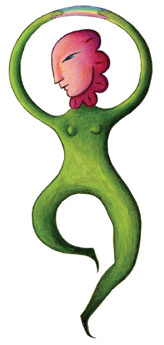 Next Newsletter
Next Newsletter Next Institute Event
Next Institute Event Relational Harm Reduction Radio
Relational Harm Reduction Radio
 Reading Suggestions
Reading Suggestions  Pathocentric Tools
Pathocentric Tools Assessments
Assessments  Survivor Centered Help Aides
Survivor Centered Help Aides The Institute’s Resources
The Institute’s Resources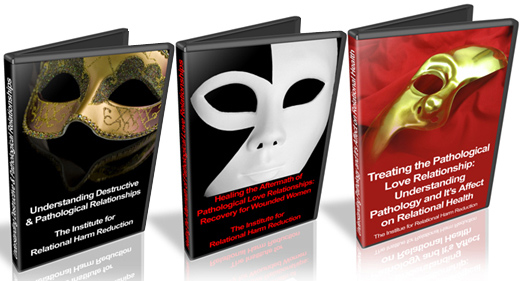
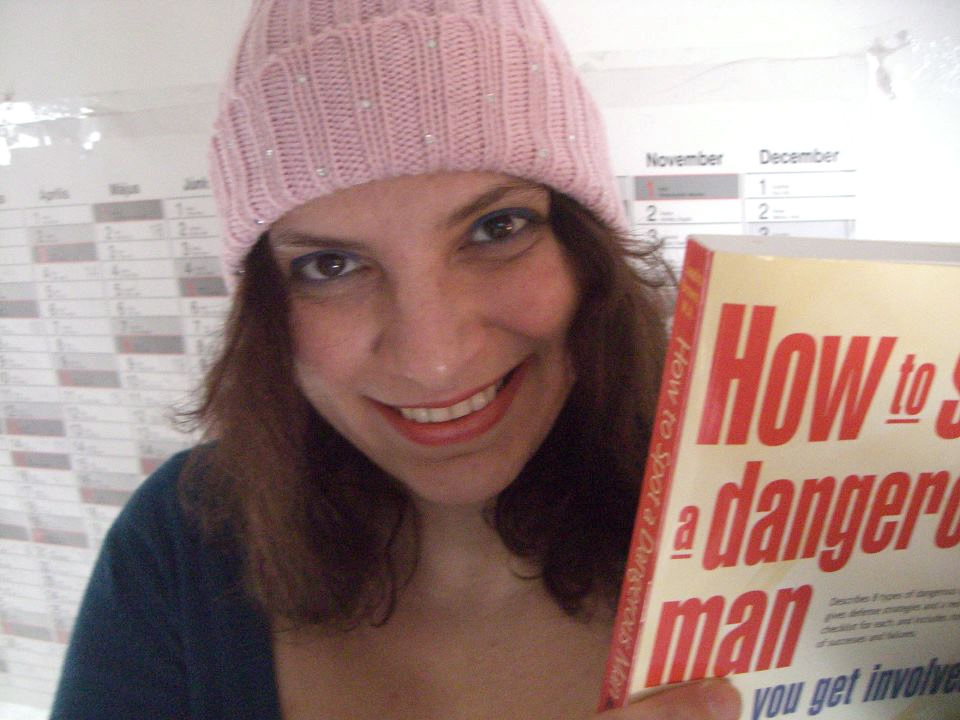 How to Spot a Dangerous Man Workbook
How to Spot a Dangerous Man Workbook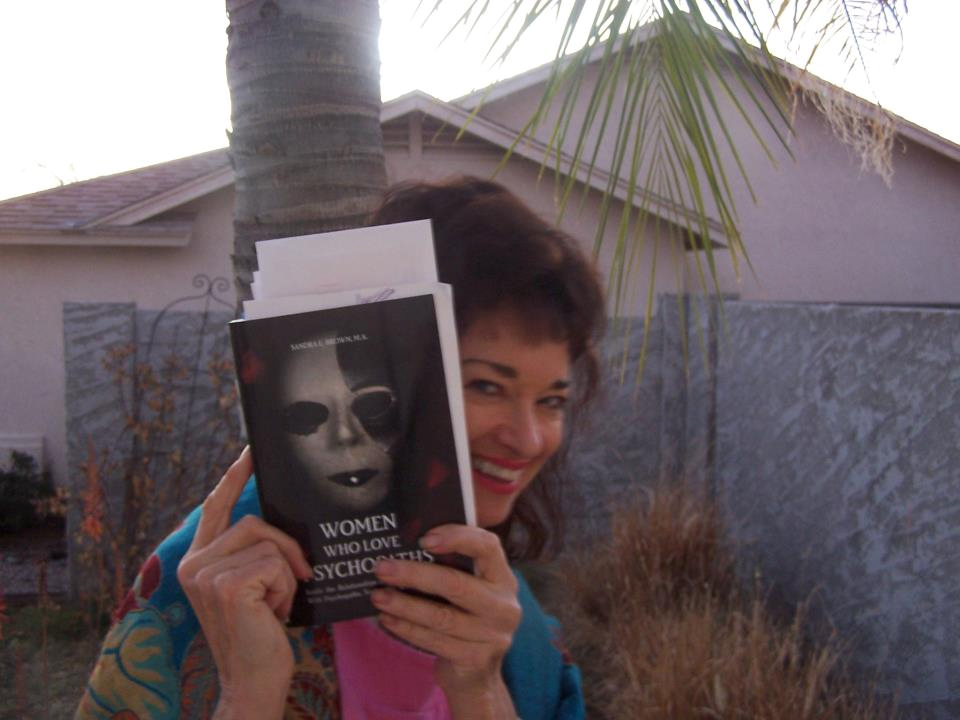
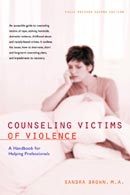 Counseling Victims of Violence
Counseling Victims of Violence 